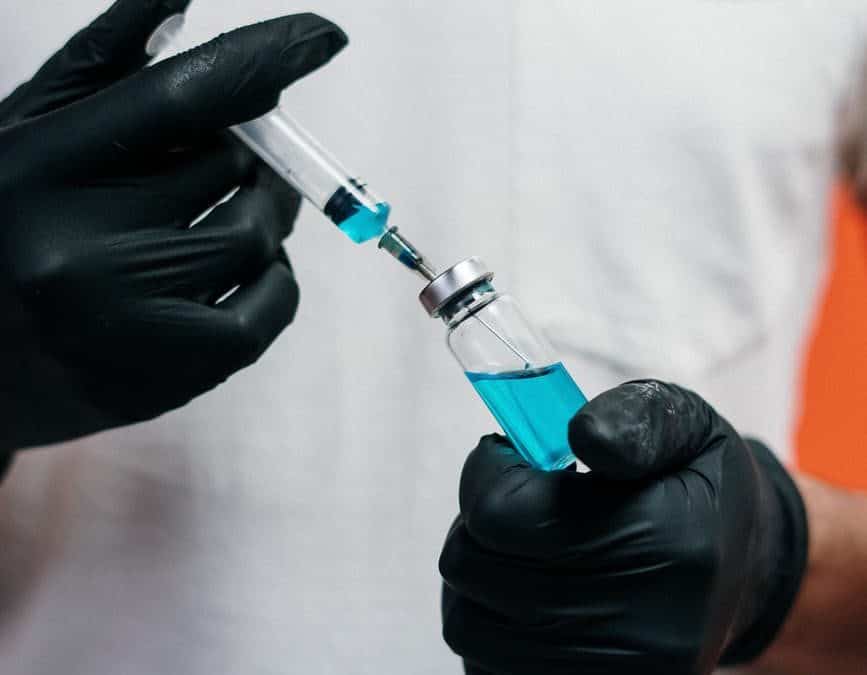Image via Pexels
The world is changing — and it’s changing quickly. The pharmaceutical industry is no different, and there is a wealth of pharmaceutical industry trends and statistics that are changing each year.
Read on to learn more about these trends and about what they may mean for your business.
Accelerated development of coronavirus treatments and vaccines
As of the beginning of May 2020, there were at least twelve pharma companies pursuing a vaccine for the virus, as well as many others targeting treatment and testing solutions. This means major diversions of funding and research, as well as direct investment from the government, all of which spells a serious shakeup for the industry.
Strengthened public image for pharma
The pharmaceutical industry has not always enjoyed the best public profile, which has made marketing difficult for figures in this industry. However, polling data suggests that the advent of COVID-19 may have gone some way to reverse this. 39 percent of Americans say that their view of the industry has become more positive since the beginning of the pandemic, while 60 percent believe that pharma companies are well-positioned to devise solutions and treatments.
This may result in a shift in the way that pharma companies market their products, as well as the way in which they interact with their customers.
Enhanced value for customers
One trend that was already evolving before COVID-19 arrived on the scene was an increase in “value-added” services. Also known as “beyond the pill,” these services involve providing more than medication to customers by going the extra mile in supporting their needs.
Data suggests that only 47 percent of patients believe that pharma companies understand their “emotional, financial, and other” needs. This means that pharmaceutical companies are having to move beyond the traditional “medication developer and provider” business model and instead be more patient-focused.
More readily available data
The same study found that 64 percent of patients described themselves as “willing to share their health data with patient organization to get better care.” This shows that even in an increasingly savvy and data-protective world, pharma companies are able to access increasing volumes of data.
However, there is a caveat here. These companies will have to earn the right to collect data and will have to demonstrate that they can handle and use this data in a responsible manner. What’s more, they will have to prove to customers, on an ongoing basis, that they can provide real value from the data they collect. The data may be more readily available, but it is available only on a transactional basis — customers provide the data and the pharmaceutical company delivers on their promises.
A possible shift towards domestic production of API
As it stands, the majority of active pharmaceutical ingredients (or APIs) — the building blocks for medications — are produced outside of the US. However, there are moves in process that seek to redress this balance and increase the domestic production of APIs. In March of 2020, a bill was input to the senate to dramatically increase investment in domestic API manufacturing and development. This will enable the domestic market to retain more control over the production of these crucial ingredients but may also have an impact on the price of production.
These are just a few of the trends that are shaking up the industry in what has been a highly unusual year. As pharma firms begin to adjust to this new normality, we are likely to see these trends gathering pace.
